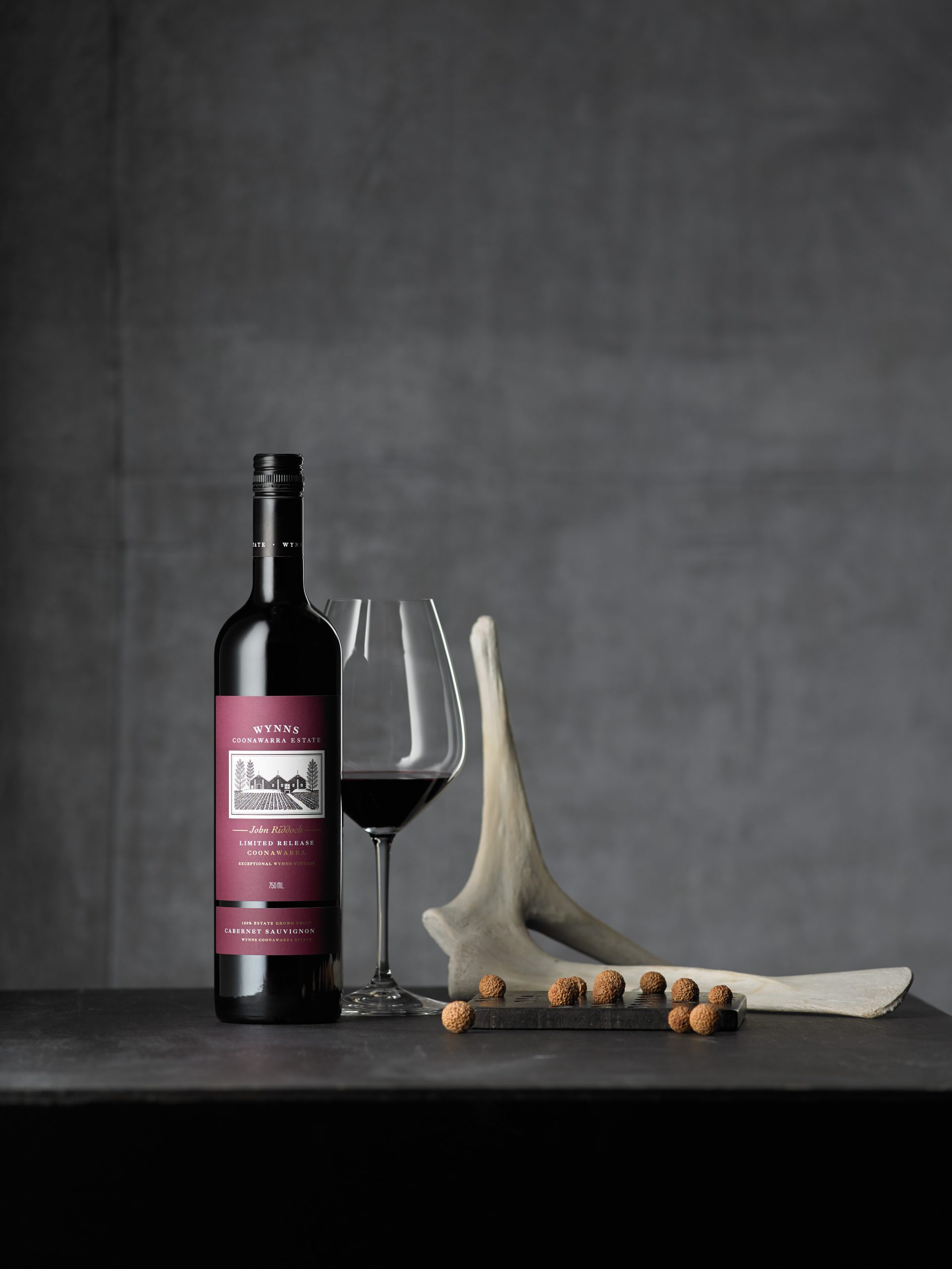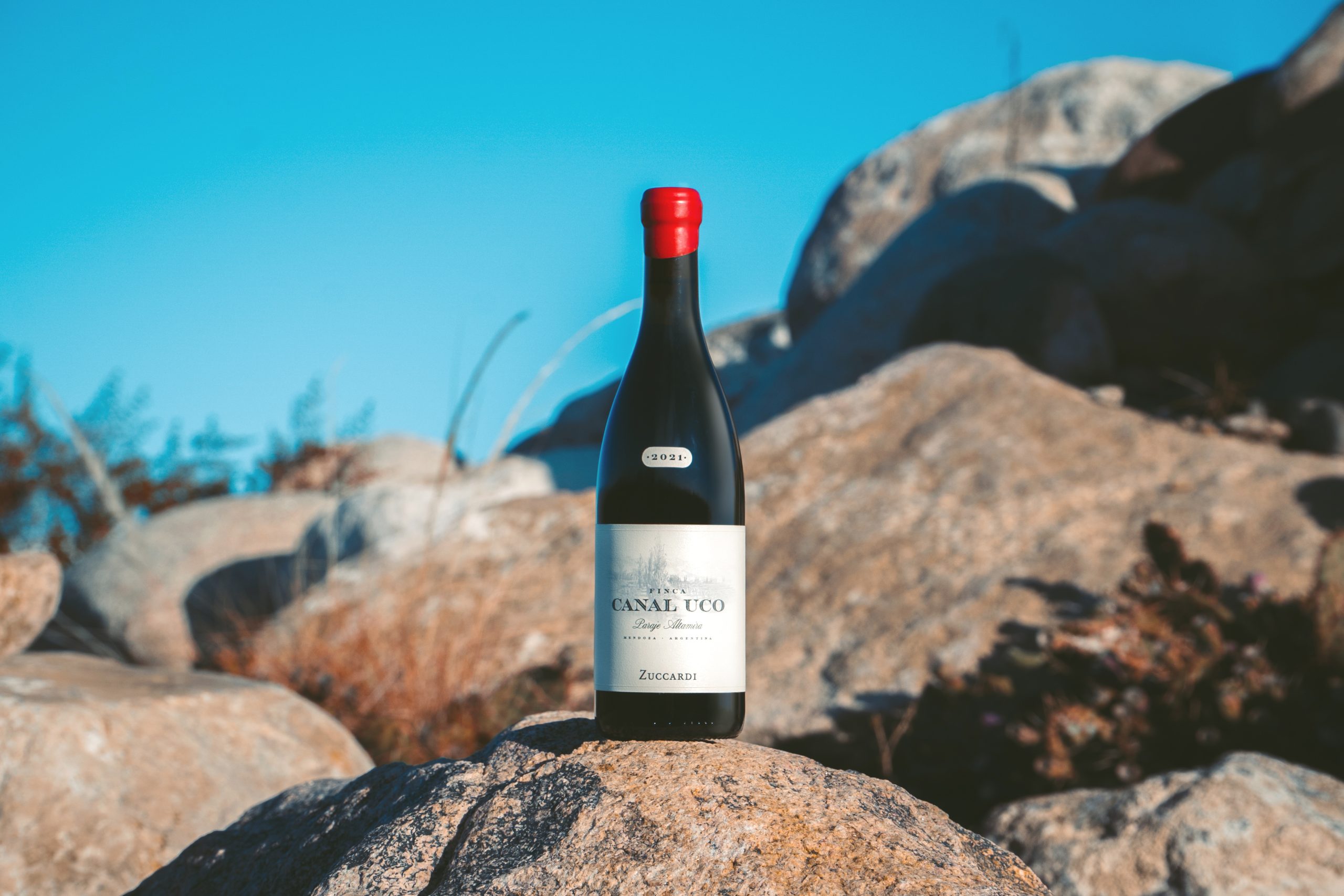Masterclass highlights under-the-radar Vinhos de Lisboa
Diverse examples of Vinhos de Lisboa were presented in London, highlighting the history and potential of these Atlantic-influenced wines.

Amid the less heartening news in the wine trade – declining consumption or climate change, for instance – there is great appeal in finding the bright pockets. Which regions are capitalising on their heritage to capture consumer attention? What, we ask, could be the next big thing?
One area bringing such good news, according to Patrick Schmitt MW, is Lisboa. Introducing a selection of Vinhos de Lisboa wines at a London masterclass, Schmitt highlighted how many boxes the region ticks for the engaged consumer: diversity, affordability, heritage and inimitability. With Portugal currently in vogue, its largest and fastest-growing region is reaping the benefits of increasing consumer interest.
So, what makes Lisboa a singular proposition for drinkers and, by extension, the wine trade? Schmitt assessed its geography, its heritage and its winemaking practices to make the case.
Atlantic-inflected wines
One of the most iconic sights of the Lisboa region – contending with yellow trams and the Belém Tower – is the throng of devoted surfers who come to its coastline. In Nazaré, close to continental Europe’s westernmost point, waves can reach heights of 30 metres (pictured left). It is, in Schmitt’s words, a “Mecca” for the sport, and the most dramatic demonstration of the power of the Atlantic. The ocean is the defining feature of this part of Portugal.
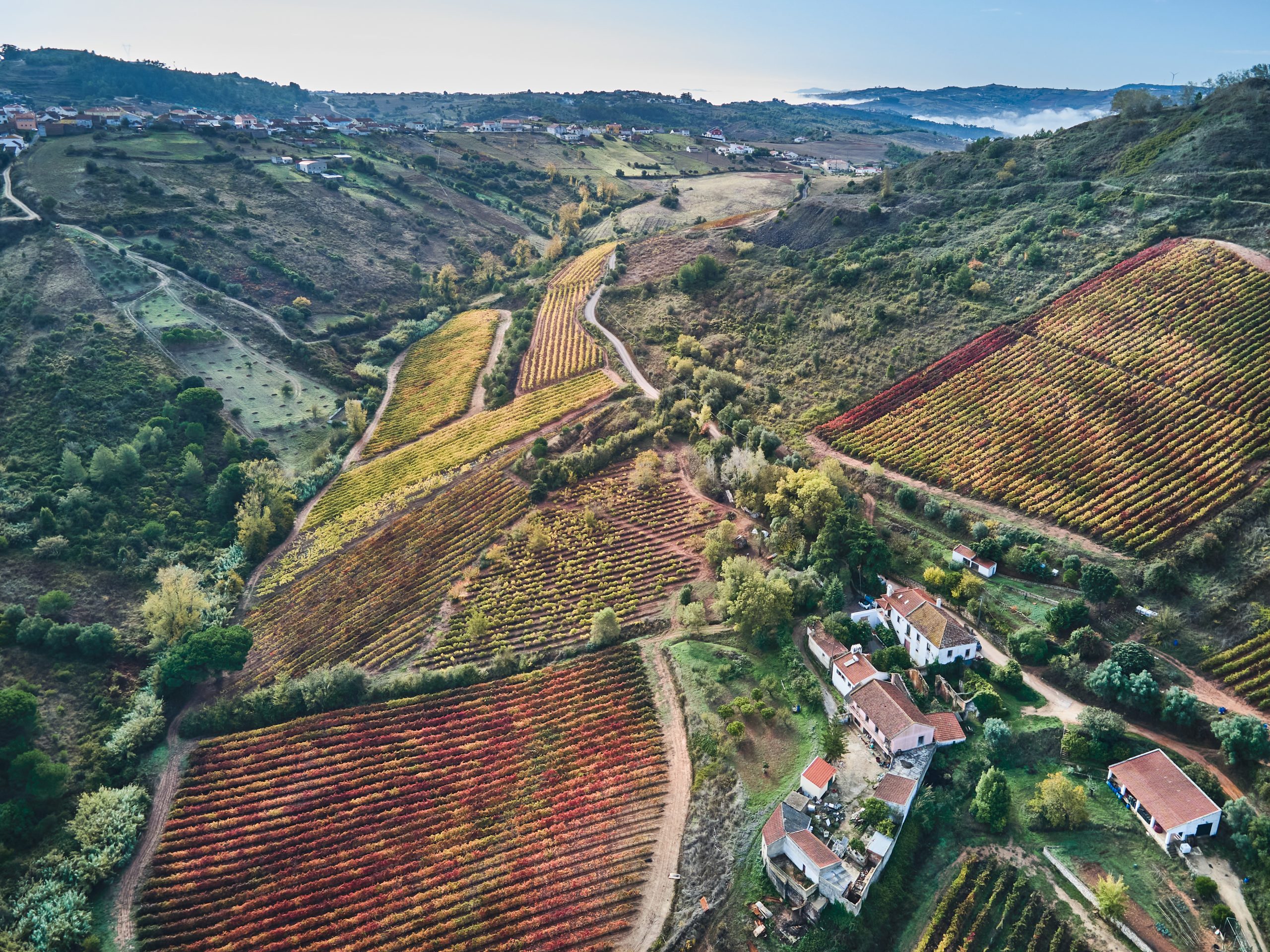
The area for Vinhos de Lisboa occupies a narrow strip on Portugal’s western coast. It takes its name from the capital city, which sits next to the southernmost vineyards in Carcavelos. The wine-growing region follows the coast for 150 kilometres, extending up to 40km inland. Its eastern edges are bounded by hills and mountains, creating a natural barrier in a region that faces the sea.
Schmitt drew a comparison between Lisboa, California and Chile. The latter two have made their reputations on vineyards cooled by the ocean and spread across diverse topography. The variety of styles they produce, along with their international reach, shows how successful that model can be.
Lisboa mirrors that breadth of potential. Indeed, to speak of a single region is not the whole truth. There are many influences and traditions that can be seen across the area, but Vinhos de Lisboa is an umbrella appellation. Within it sit nine separate Denominações de Origem Controlada (DOCs), each with a different geography and different traditions.
To the south, near the city of Lisbon, are the coastal Colares and Carcavelos designations and, further inland, Bucelas. In the middle of the region sit the DOCs of Torres Vedras, Alenquer, Óbidos, Arruda and Lourinhã. In the northern part of the region, covering the largest area of any of them, you find Encostas d’Aire.
The variation between them can be marked. In Colares, for instance, the deep, sandy soils are a double-edged sword. They drain quickly, preventing the vines from being overwhelmed by persistent rain, but they also necessitate digging trenches in new vineyards, so that the vines can access enough clay to take root. The strong winds coming off the ocean have also prompted winemaking adaptations: vineyards are traditionally enclosed in dried-reed fences to protect them.
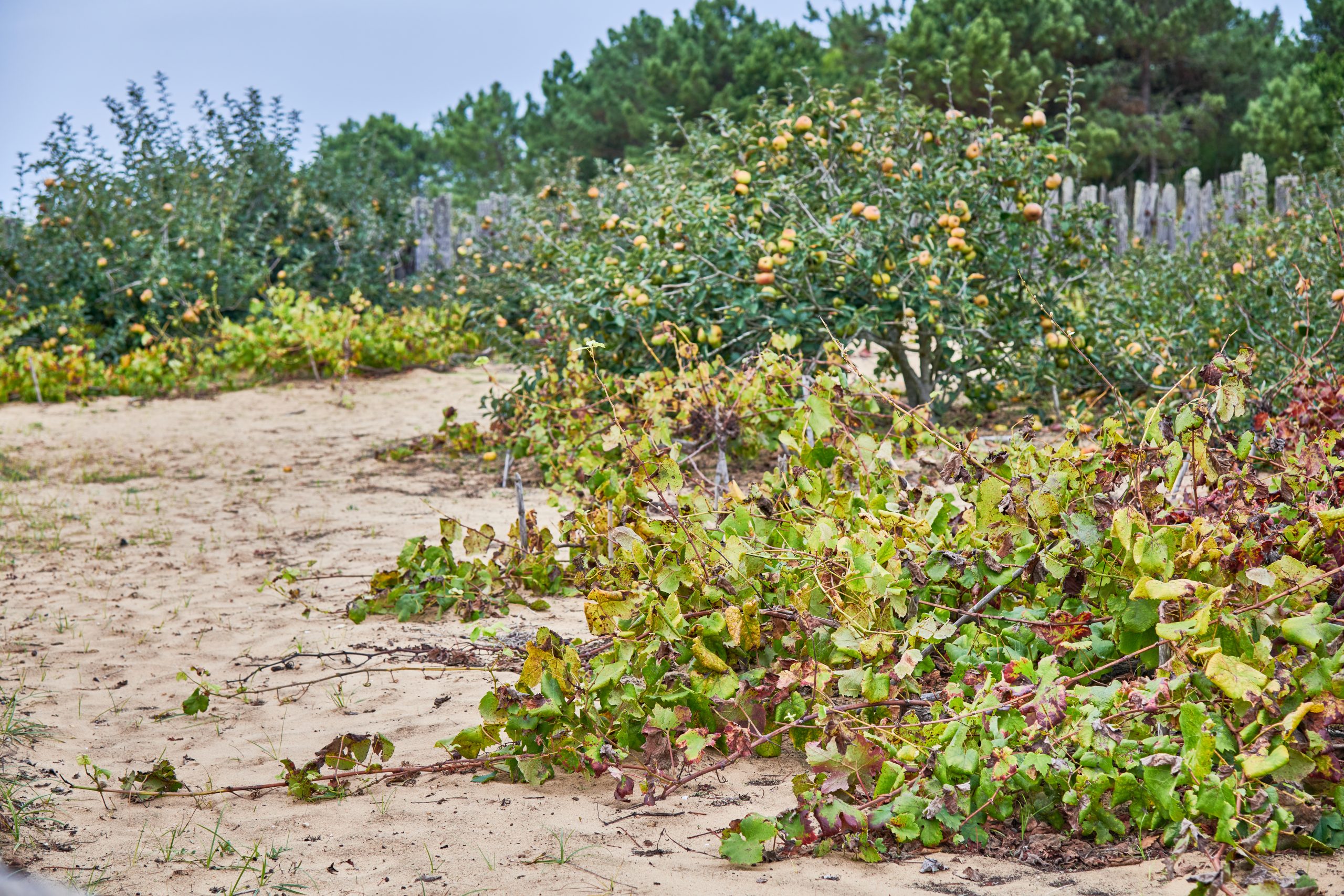
On the eastern side of the Montejunto mountain, conversely, the vines enjoy more protection. These vineyards, in Alenquer DOC, have less of an Atlantic influence, and therefore more sunshine, higher temperatures and less precipitation. The soils are also different; the roots work through shallower, rocky soils with pockets of limestone and clay.
The Lisboa region therefore can capitalise on two aspects of its geography. Several overarching features place it in good stead with consumers. It can create fresh, lively wines thanks to its cooled climate (which, as a bonus, gives it resilience against global warming). Yet its diversity is also worth celebrating. With a wealth of options from just one region, the Lisboa offering on the shelf is far from homogenous.
An evolving history
Throughout his presentation, Schmitt also stressed the importance of the region’s history. A distinguished heritage is a useful tool in any wine region’s arsenal. It is not, however, simply a branding exercise. The Lisboa region’s history is noteworthy, but also drives the region’s future development.
Schmitt grounded the region in its well-documented story. Viticulture around Lisbon dates back centuries, and has had a long history on international markets. For Schmitt’s British audience, it has several distinguished connections. Bucelas wine, for instance, is believed to be referenced in Shakespeare’s Henry VI, was favoured by the Duke Of Wellington (who subsequently presented it to King George III) and was the first bottle bought by The Wine Society in 1874.
Yet this is not a land of relics. The historical significance, and long-lasting winemaking tradition, have created a heterogenous industry ready to face contemporary challenges. Historic Quintas have preserved generations of expertise. Co-operatives, which are still strong in the region, offer buyers access to volume and quality. Young producers are driving innovation, as seen through the work done to admit pet-nat wines into the designation. Portugal’s larger wine companies, among them Sogrape and Avelada, are all bringing investment to the region.
Partner Content
The heritage is likewise visible in the vineyards. Many of the region’s DOCs have substantial plantings of old vines. Excitingly, some of these in the region’s sandy, coastal soils are ungrafted, offering a window into pre-phylloxera winemaking. More and more, those vines are being protected. The local variety Ramisco, for instance, dwindled to just 10 hectares (found in Colares), but those ungrafted vines are now valued for making sour cherry-scented wines.
Even beyond the vineyards, history has a vital role to play in the future of Vinhos de Lisboa. Its namesake city is, behind Athens, the second-oldest capital in Europe, and that draws tourists in. Their spending, naturally, bolsters the local economy, and also creates global ambassadors for the wines. Tourism is a boon when building an export brand: Lisboa has the perfect draw in its historical city.
Moreover, Lisboa’s gastronomic history is opening doors for its wines. As Schmitt noted, Portugal’s reputation for fine dining is growing, and now acts as a natural segue for gastronomes to try its wines. Lisboa has 17 Michelin-starred establishments, and the London-based venue for Schmitt’s masterclass, Lisboeta, is also listed in the guide. Centuries of history on the plate invites such history in the glass.
Celebrating local specialities
The masterclass, of course, included a tasting, and that was the perfect opportunity to discuss the grapes and styles that give Lisboa its unique character. Across 10 glasses, the attendees received a snapshot of the region’s quality, diversity and value.
The rationale for selecting the bottles was simple. According to Francisco Toscano Rico, president of the Comissão Vitivinícola da Região de Lisboa: “We always want to show our jewels.” The tasting thus took a broad approach, featuring traditional styles, local grapes and exemplary bottles.
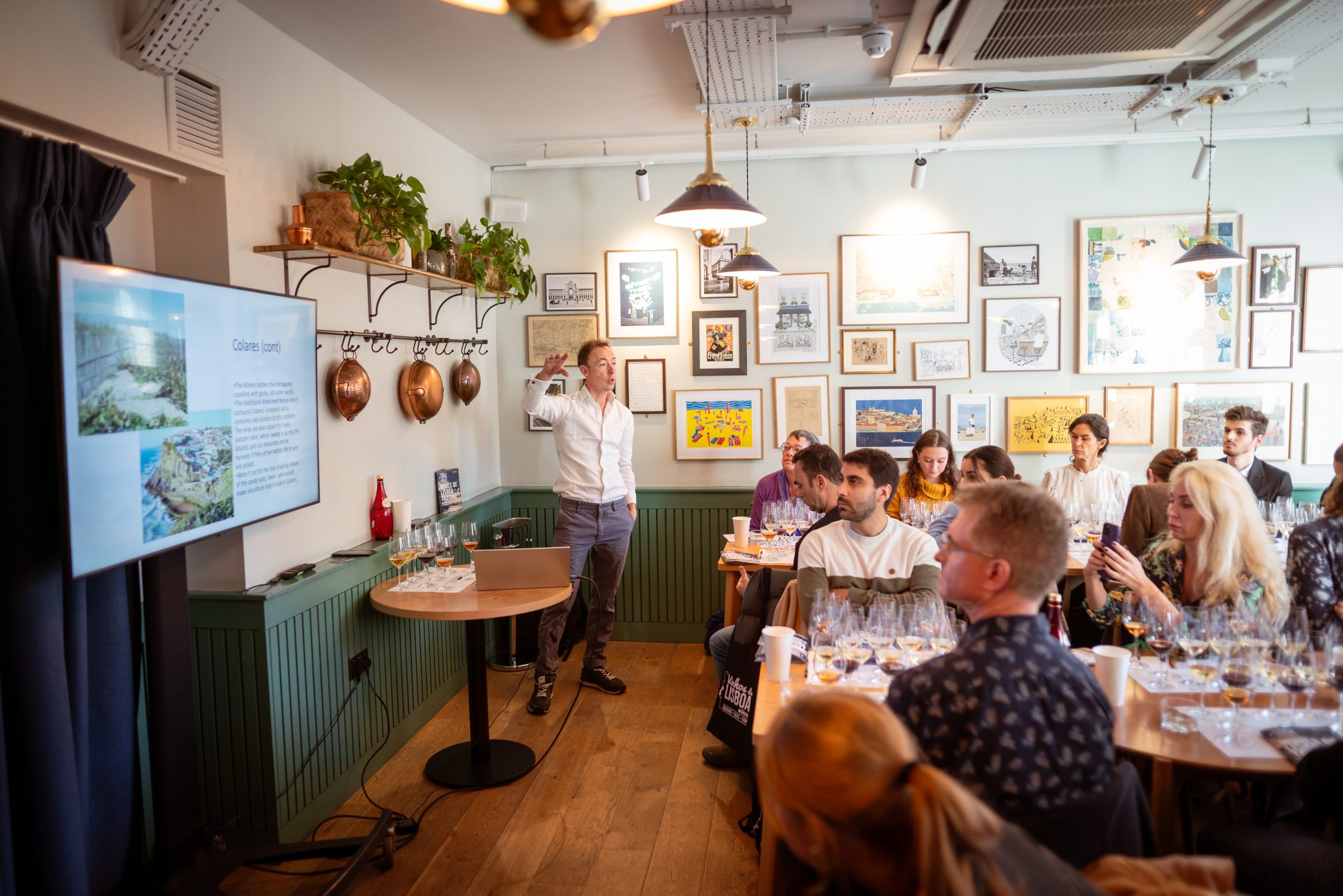
For the white wines, local varieties took each slot. This began with a varietal Vital, aged in cement. The variety is known for being capricious, but responds well to oak and has the potential for long ageing. Signifying its relative obscurity, Schmitt admitted that it was his first time trying varietal Vital. This bottle was followed by another monovarietal bottle, this time Cercial. This aromatic variety offers a fruity and floral profile, although with only 106ha planted in Portugal, it has not yet achieved international fame.
Schmitt discussed several other important varieties, among them Fernão Pires, Sercial, Malvasia de Colares and Galego Dourado. However, he paid particular attention to Arinto, the sole grape variety behind the other two whites. “If there’s a grape that’s the queen in this region,” he explained, “it’s Arinto.”
Arinto de Bucelas has a bright, fresh character. It is respected for its acidity and texture, with its aromas ranging from lemon and peach in its youth to developed scents of honey and wax. With an affinity for oak as a further draw for a winemaker, Schmitt had a simple question regarding the grape: “Why am I not seeing more of it?”
Gateway for consumers
The red wines, on the other hand, showed a mix of local and global influence. For Schmitt, that is no bad thing – plantings of international varieties can offer a gateway for consumers as they explore new regions. Hence he presented, for instance, a Tannat from the east of the region, showing how it can compete with wines made from the grape in Madeira or Uruguay.
In the other red wines, Schmitt showcased Portuguese specialities. Touruga Nacional, often regarded as the country’s lead red variety, was presented as a varietal wine and in a blend with Alicante Bouschet and Syrah. Its wines from Lisboa tend towards aromas of dark red and black fruits, alongside a touch of violet, providing drinkers with a local spin on a national favourite.
The other red presented Aragonez, Syrah and Castelão in an oak-aged blend, thus mixing Iberian, international and Portuguese varieties. It demonstrated both versatility and affordability, retailing in the UK for under £15.
As a final taster, Schmitt turned to two Lisboa products: “A different story, but part of the heritage.” The fortified wine from Carcavelos DOC presented a tawny style, with rich aromas and sweetness balanced by alcohol and acidity. A brandy from Lourinhã, meanwhile, demonstrated that the region’s historical winemaking has also led to a strong tradition of spirits.
It said a lot that not every variety nor every sub-region could be on show: this was a taster, not an exhaustive profile. Yet for a region that is on the up, that is no handicap. The geography, heritage and local touch make Lisboa an inimitable region. With the trade ever-hungry for the next big thing, an impetus to explore only adds to the appeal.
Related news
Castel Group leadership coup escalates
For the twelfth day of Christmas...
Zuccardi Valle de Uco: textured, unique and revolutionary wines


